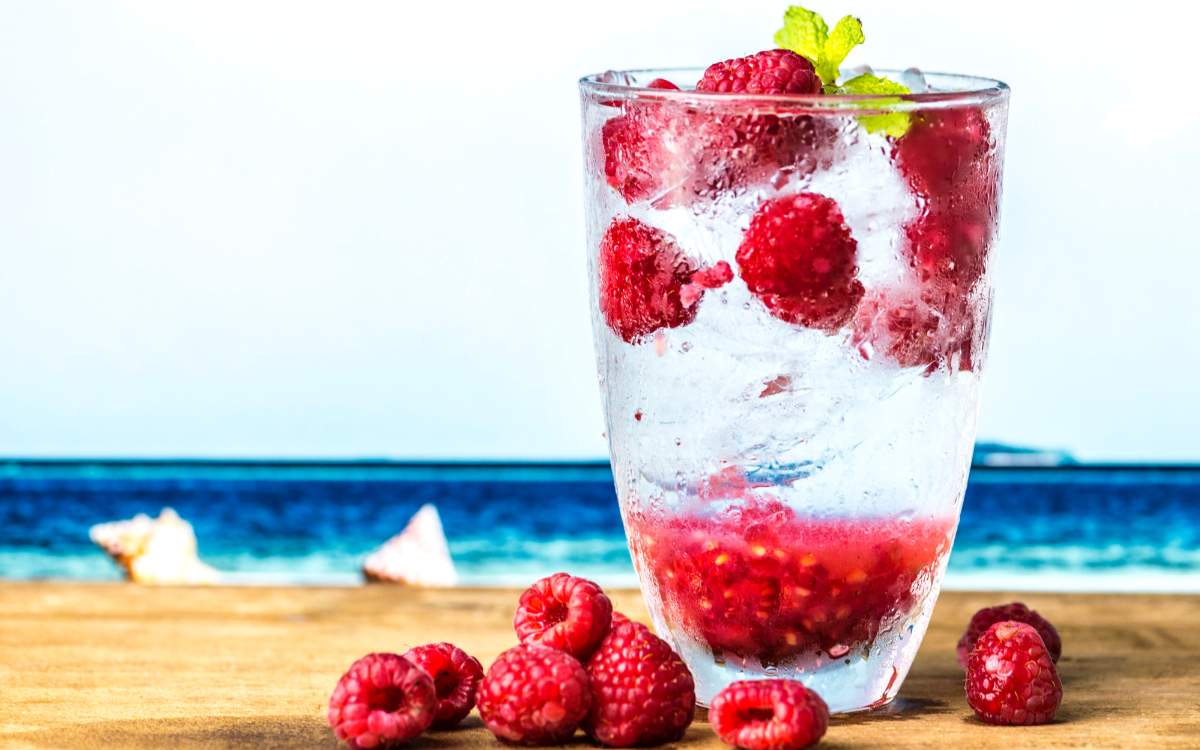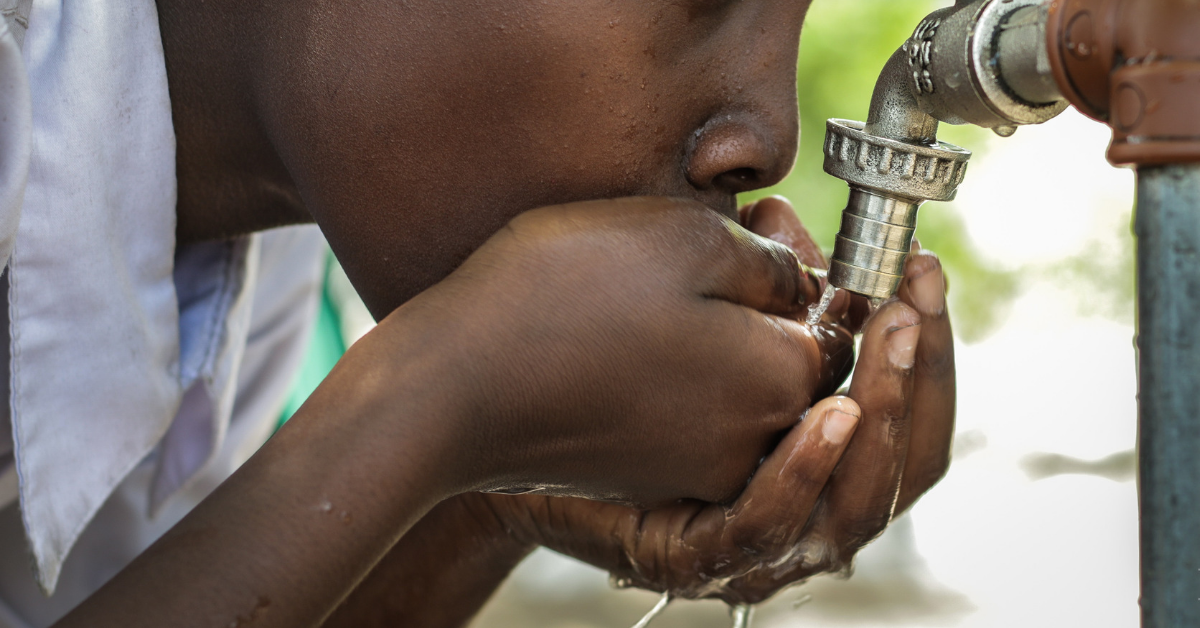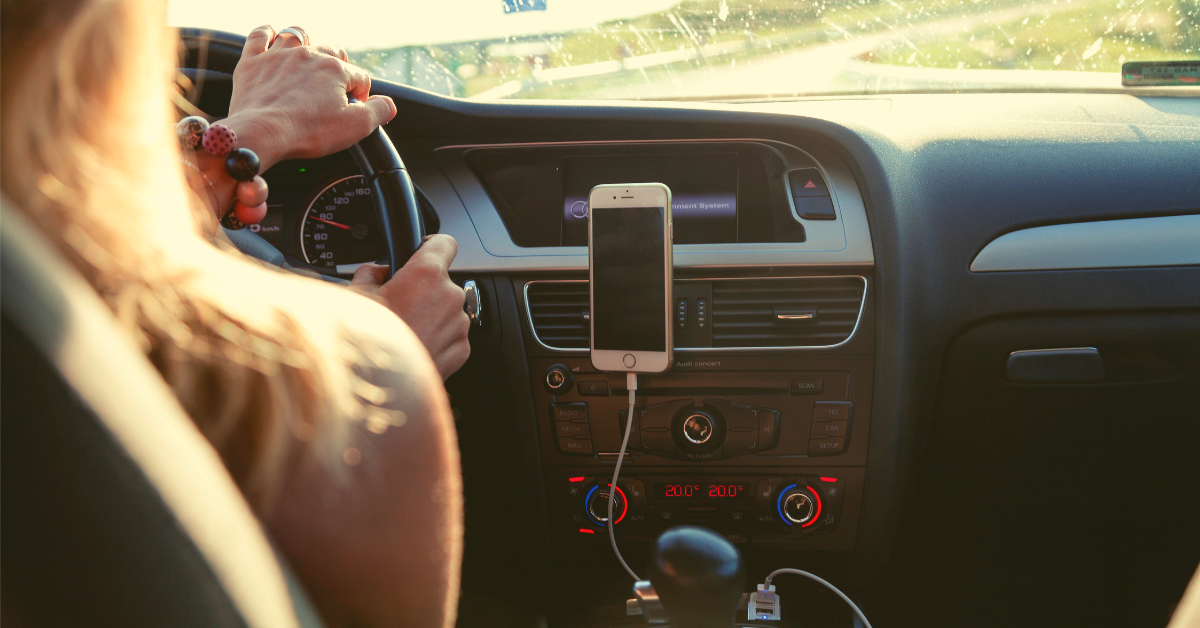
Jewels Doskicz, RN shares tips for summertime safety if you are managing diabetes.
I’m the lucky parent of a 5-year-old who was diagnosed with type 1 diabetes - that also happens to hate drinking water. The unfortunate beginning of my “mom-come-hydration expert” phase started here. It’s funny how luck falls, isn’t it?
For all of you water-haters out there, please keep in mind how important it is to calculate the toll hydration can have on diabetes management. The consequences of running dry, coupled with diabetes, can be a dehydrating mess of sorts. Add in some other pesky curveballs, like summertime heat, and you may have the perfect recipe for failure. Whether you’ve noticed changes in the hot summer months with your diabetes, or not, there are some important things to watch out for. Let’s take a look behind the scenes.
Summertime Heat
In my childhood, we survived by water fountains alone - imagine that? There are so many options now, it’s hard to believe anyone would go dry. But alas, we do. And the uncalculated repercussions of heat, and blood sugar fluctuations, can cause issues with hydration.
A smart human body that shoulders diabetes is always trying its best to get rid of any extra sugar (you can thank your kidneys for that). Add exercise into the mix, and perhaps aging or illness, and it ups the ante.
Pay attention to how your body feels. If you find yourself taking extra trips to the bathroom, and feeling uber thirsty, think about doing an extra blood sugar check to see what’s going on. Because if you’re feeling high and dry (think grape-turned-raisin), it’s time to take action. Drink up and fix your blood sugar.
Hydration Tip: Don’t wait until you’re thirsty to drink. Thirst can be a sign that you are already running dry. Take a look at your urine. If it’s dark and smells strong, drink more water. If it’s pale yellow, you are doing pretty well in the hydration department.

What Does Drinking Water Do?
What’s so magical about 8 cups (2 liters) of water every day?
Drinking water (or another non-caloric beverage) will help to flush out extra sugar and pump your blood volume back where it belongs. When there is less sugar per volume of blood, there is a process we call hemodilution at play. Imagine trying to dilute an entire package of Crystal Light in 1 inch of water versus 8 ounces - you can see it now, right? Blood sugars are lower due to the amount of fluids you are drinking. Be a grape, not a raisin!
Think and drink: Don’t obsess about it, but brush up your habits and drink more throughout the day - especially while exercising or if your blood sugar is high.

Keep Your Diabetes Supplies Safe
Keeping diabetes supplies in the glovebox of your car may have saved you in the past, but summertime temperatures can easily destroy their integrity. Throwing a few hundred dollars away to the heat is never preferable. And, you may not even realize that the heat has gotten to your supplies. Left with wonky blood sugars, it may take some investigation to understand that your insulin, diabetes medications taken by mouth, or glucose strips have stretched beyond their boiling point.
Each of your medications and supplies will have specific temperature storage ranges indicated on the packaging. For example, Diathrive test strips need to be stored in no higher than 86 degrees Fahrenheit.
Insulin is even more sensitive to temperature. Its storage range requirements are also up to 86 degrees Fahrenheit (up to 28 days), but the lower the storage temperature, the more stable its potency will keep. Try keeping your insulin that is in use in a Frio Wallet to maintain a relatively low temperature and maintain its strength.
Keep supplies in their temperature range: Store in a protected, cool environment. Read the packaging for specific product instructions.
Where do you keep your diabetes supplies on hot days? We’d love to hear more about your summertime experiences, tips, and tricks - please share with us on Facebook, Twitter and Instagram.

